6 ways to use panning to perfect your stereo width
Learn how to get more from those humble pan pots
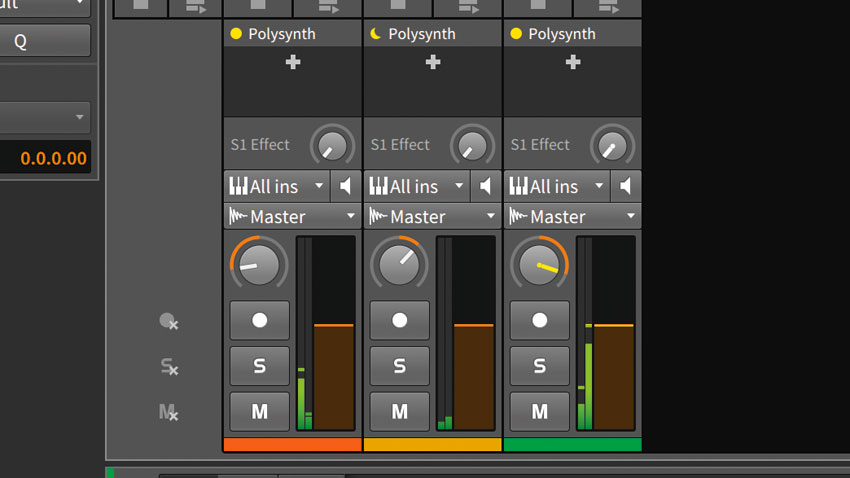
Old-school panning is a mixing staple. Rotate a channel’s pan pot to the left, and the level of the right channel will drop in volume by a corresponding amount, resulting in the signal moving over to the left side of the mix. And vice versa: the more you rotate a pan pot to the right, the more the left channel is turned down. By placing different sounds at different pan positions, you can fill out the stereo field and create an interesting mix when heard on stereo speakers and headphones.
There's more to building a solid left/right/centre balance than simply shoving each element of the mix over to the left or right willy nilly, though, and with these half-dozen tried-and-tested panning techniques by your side, your mixes will fill out the stereo field better than ever.
For more Stereo Mixing Strategies, pick up the Autumn 2018 edition of Computer Music.
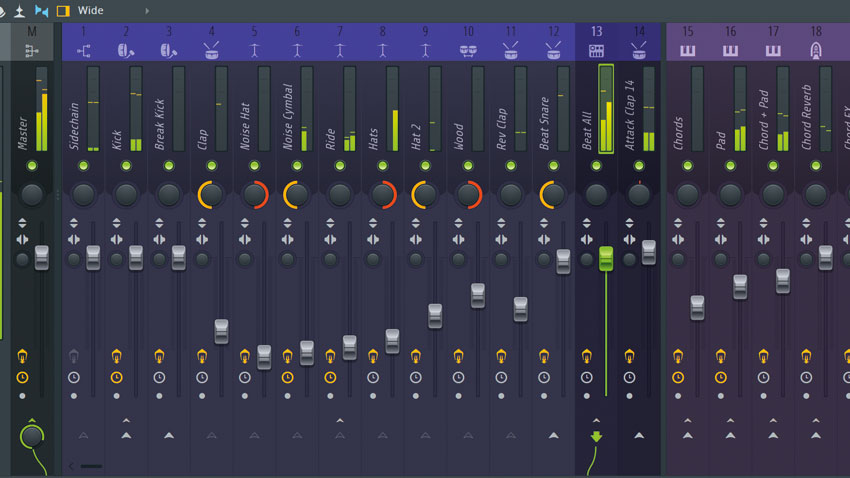
Step 1: The old-school way to approach panning is by using the L-C-R technique, whereby you only pan elements to one of three positions: the far left, dead centre, or far right. However, modern productions hardly ever use this, so we’d only advise this method if you're after a retro-sounding mix.
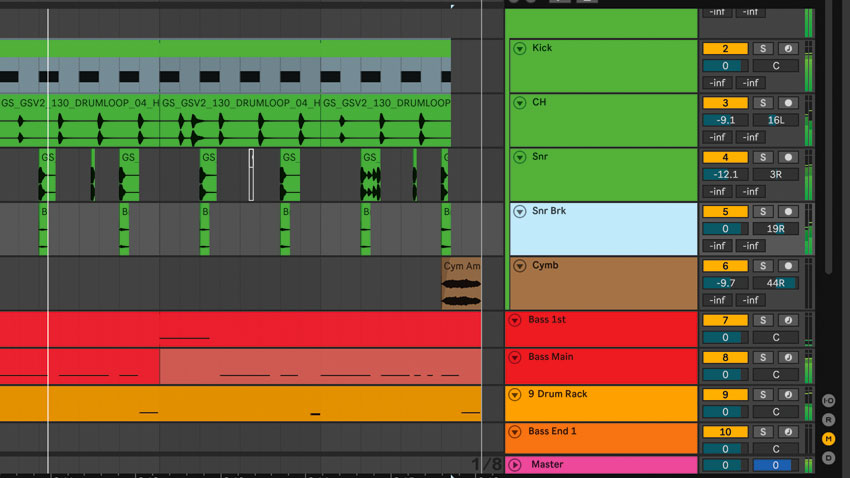
Step 2: As a general guide, you’ll want to keep the most important elements (kick, bass, snare, lead vocal) as close to the centre of the mix as possible. Furthermore, the less ‘important’ the sound in the context of the track, and the fewer low frequencies it contains, the wider out to the sides you can pan it.
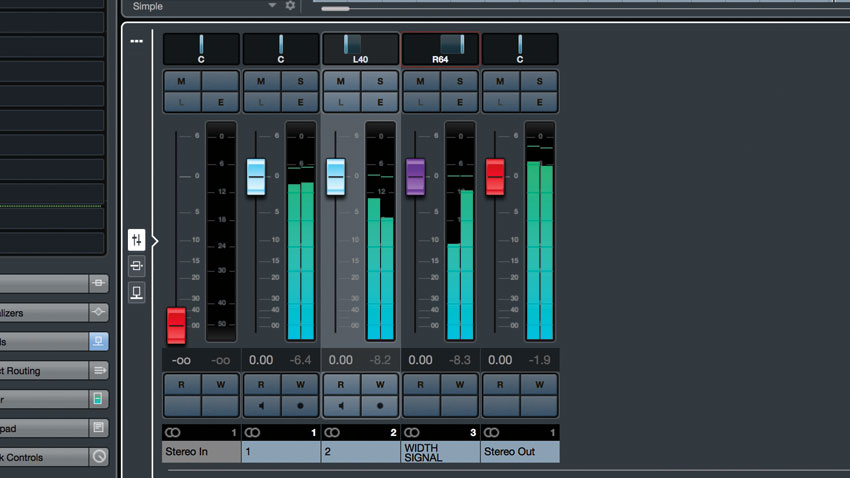
Step 3: While we’re on the topic of panning ‘rules’, here’s another one: it helps to keep your mix’s left-to-right pan distribution reasonably symmetrical. If one sound is panned to the far right, your mix will begin to sound lopsided unless you push another sound out to the opposite side.
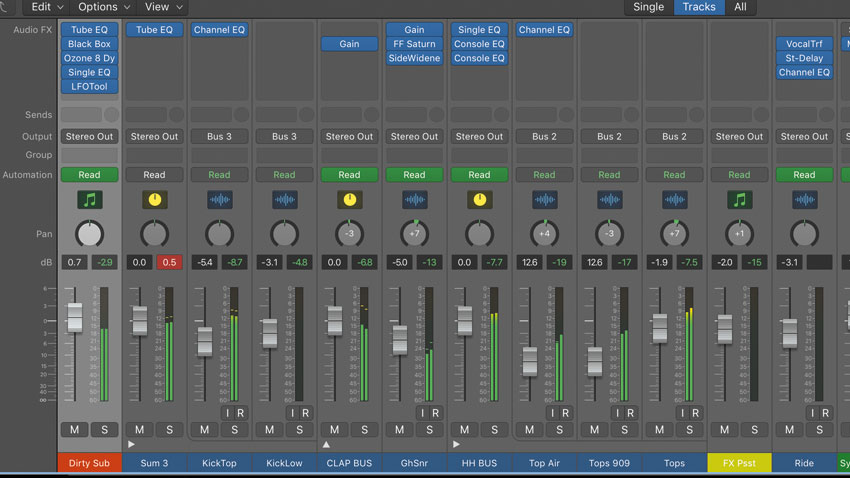
Step 4: For subtle stereo width, pan elements apart by very small amounts. Try your kick and snare panned one or two degrees apart, one hi-hat panned a tiny bit to one side, and another hat more to the opposite, until your least important elements are the widest ones.
Get the MusicRadar Newsletter
Want all the hottest music and gear news, reviews, deals, features and more, direct to your inbox? Sign up here.
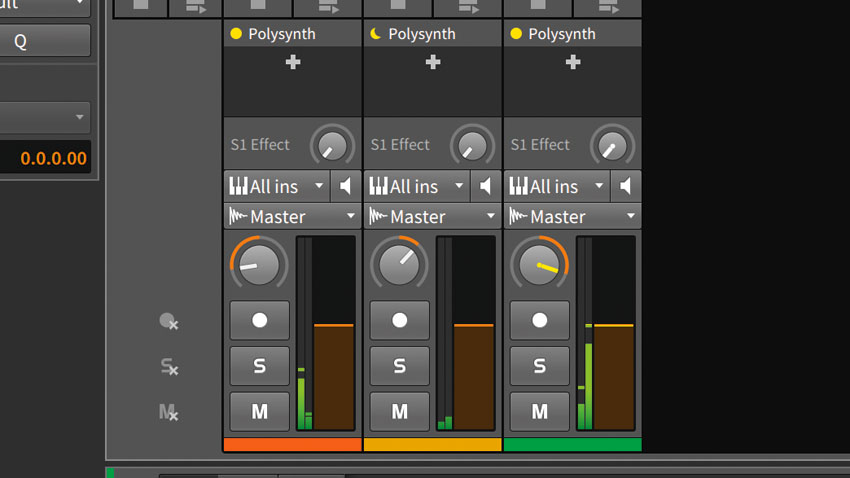
Step 5: Subtle panning is also good if you’ve got lots of similar parts (multiple synths, for example) either layered on top of each other or interplaying in a ‘call and answer’ fashion. Help them to pop apart by slightly spacing them out around the stereo field.
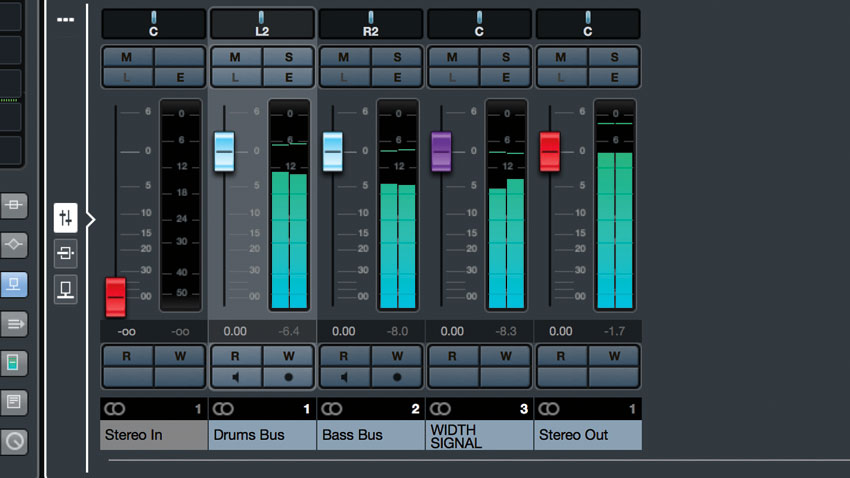
Step 6: Finally, try panning entire buses by near-imperceptible amounts. For example, pan your entire drums bus very slightly to the left, then your bass bus by the same amount to the opposite side of the stereo field. Subtle, but effective!
Computer Music magazine is the world’s best selling publication dedicated solely to making great music with your Mac or PC computer. Each issue it brings its lucky readers the best in cutting-edge tutorials, need-to-know, expert software reviews and even all the tools you actually need to make great music today, courtesy of our legendary CM Plugin Suite.










